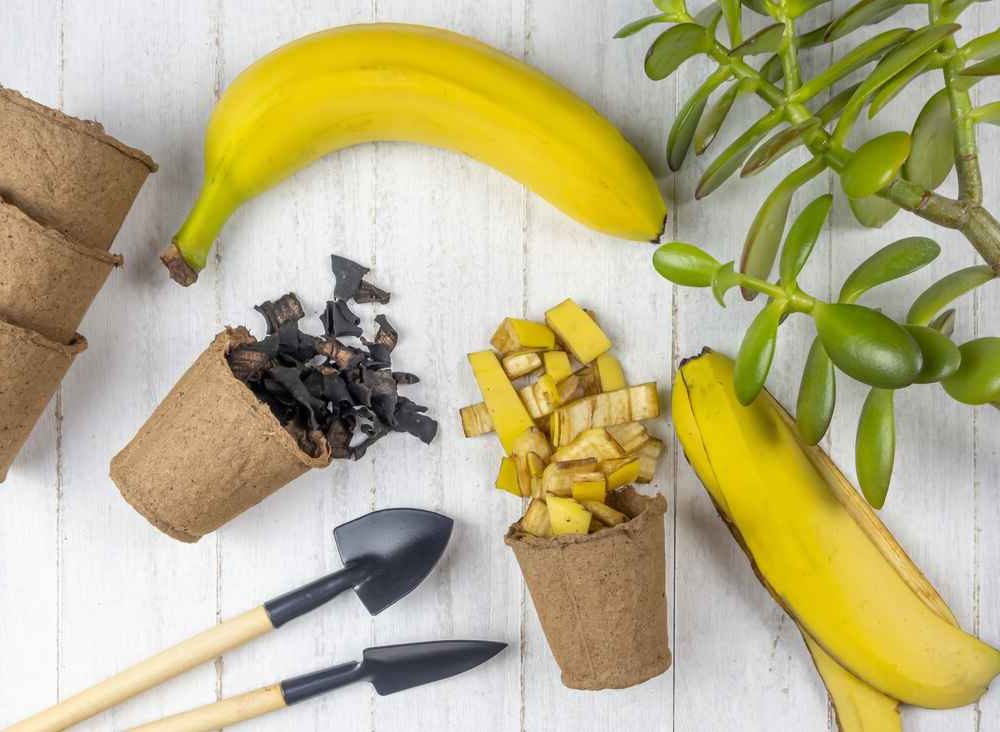As indoor gardening gains popularity, more plant enthusiasts are exploring natural and sustainable ways to nourish their plants. Chemical fertilizers, while effective, often come with drawbacks like high costs, environmental concerns, and potential harm to delicate indoor ecosystems. This is where banana peel fertilizer stands out as a simple, eco-friendly alternative that transforms kitchen waste into a powerhouse of nutrients for your plants.
Rich in essential nutrients like potassium, phosphorus, and calcium, banana peels offer an organic solution to common indoor plant care challenges. By using banana peel fertilizer, you’re not only promoting healthier, more vibrant plants but also contributing to a more sustainable gardening practice.
In this guide, we’ll delve into what makes banana peel fertilizer so effective, its benefits for indoor plants, and easy methods to incorporate it into your plant care routine. Whether you’re a seasoned gardener or a beginner, this natural fertilizer is a must-try for anyone looking to elevate their indoor gardening game while staying eco-conscious.
What is Banana Peel Fertilizer?
Banana peel fertilizer is a natural, eco-friendly solution made by repurposing the nutrient-rich peels of bananas to support plant health. Unlike synthetic fertilizers, which often introduce harmful chemicals into your indoor environment, banana peel fertilizer provides a sustainable and safe way to nourish your plants without compromising the air quality in your home.
Nutrient Composition
Banana peels are packed with essential nutrients that indoor plants need to thrive. Key components include:
- Potassium (K): Vital for strong root development and overall plant resilience. It enhances a plant’s ability to withstand stress, such as low light or irregular watering.
- Phosphorus (P): Supports healthy root growth and promotes flowering, making it particularly beneficial for decorative indoor plants.
- Calcium (Ca): Strengthens plant cell walls, ensuring robust leaves and stems.
- Magnesium (Mg) and Trace Elements: Contribute to photosynthesis and the overall metabolic processes of plants.
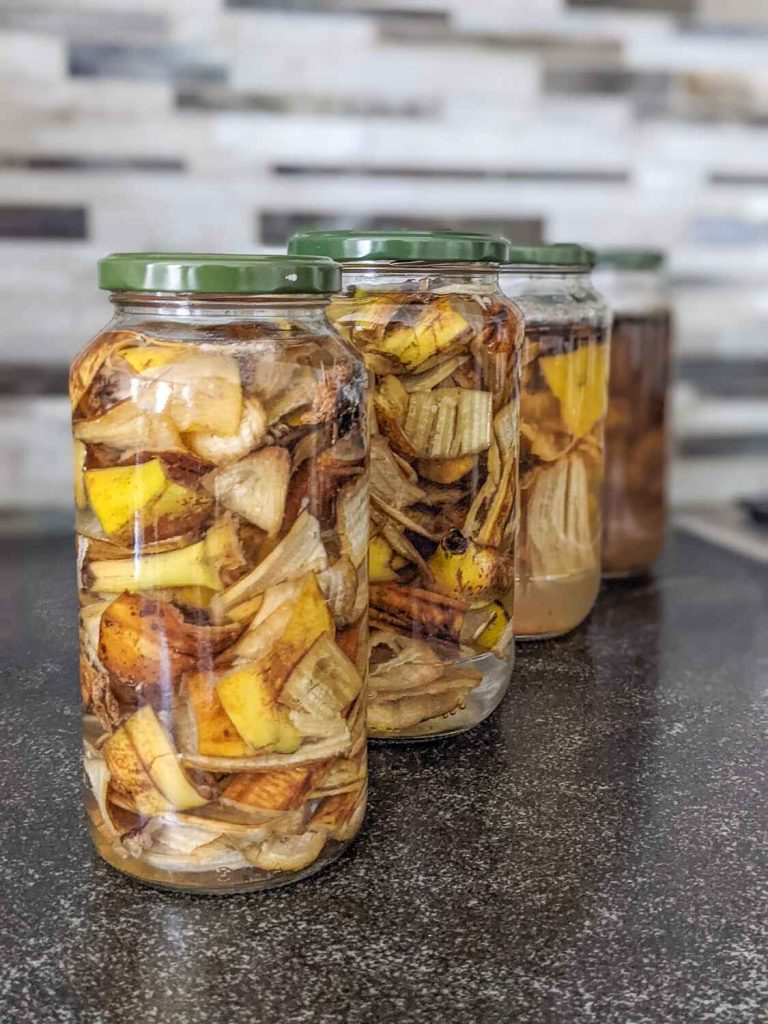
By supplying these nutrients in their natural form, banana peel fertilizer helps plants absorb what they need more efficiently, reducing the risks of nutrient imbalances common with synthetic options.
Why It’s Perfect for Indoor Plants?
Indoor plants require gentle, consistent care, and banana peel fertilizer meets these needs effortlessly. Here’s why it works so well:
- Gentle Nutrient Release: Unlike some fertilizers that can overwhelm plant roots, banana peel fertilizers release nutrients gradually, ensuring a steady supply.
- Non-Toxic: Safe for your home environment, especially if you have pets or children.
- Enhances Soil Health: Encourages beneficial microbial activity in the soil, creating a healthier root zone for your plants.
Banana peel fertilizer isn’t just a trend—it’s a scientifically backed practice that aligns with modern sustainable gardening principles. Its nutrient-rich composition and adaptability make it an essential tool for any indoor gardening enthusiast aiming for vibrant, flourishing plants.
How to Make Banana Peel Fertilizer at home?
Crafting banana peel fertilizer is a straightforward process that transforms kitchen waste into a valuable nutrient source for your indoor plants. Below are some expert-recommended methods to prepare and use banana peel fertilizer effectively, ensuring your plants receive balanced nutrition.
Banana Peel Soak (Liquid Fertilizer)
Materials Needed:
- Fresh banana peels
- Clean water
- A container or jar with a lid
Instructions:
- Cut the banana peels into small pieces to enhance nutrient extraction.
- Place the pieces in a container and fill it with water until the peels are fully submerged.
- Allow the mixture to sit for 24–48 hours, giving the nutrients time to leach into the water.
- Strain the liquid and dilute it with an equal amount of fresh water.
- Use the diluted fertilizer to water your indoor plants directly or as a foliar spray for their leaves.
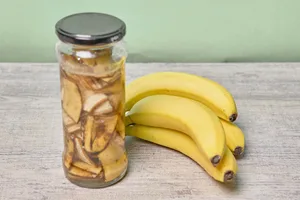
Expert Tip: Avoid soaking the peels for too long, as this may produce an unpleasant odor and attract pests.
Banana Peel Compost
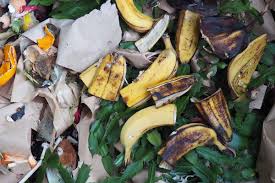
Materials Needed:
- Banana peels
- Compost bin or pile
- Additional organic matter (e.g., vegetable scraps, dried leaves)
Instructions:
- Chop the banana peels into small pieces to speed up decomposition.
- Add them to your compost bin along with other organic materials.
- Turn the compost regularly to aerate it and promote even breakdown of the materials.
- Once the compost is fully decomposed, mix it into your indoor plant soil.
Expert Tip: Composting banana peels enriches the soil over time, creating a nutrient-dense medium that supports plant growth.
Banana Peel Mulch
Instructions:
- Cut banana peels into small strips or pieces.
- Lay the pieces directly on the soil surface around the base of your indoor plants.
- Cover with a thin layer of soil or existing mulch to reduce the risk of attracting pests.
Benefits:
This method provides a slow-release source of nutrients and helps retain soil moisture.
Banana Peel Powder
Instructions:
- Dry the banana peels thoroughly using sunlight or a food dehydrator until they are crispy.
- Grind the dried peels into a fine powder using a blender or grinder.
- Sprinkle the powder lightly on the soil or mix it into the potting mix before planting.
- This diy banana peel powder is thousand times better than packaged powder available in market.
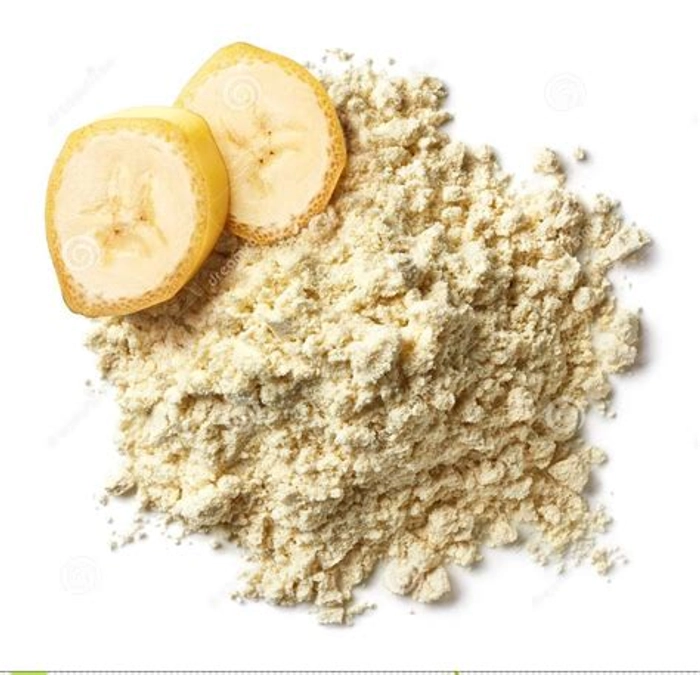
Windy Sprouts’ Tip: Banana peel powder is highly concentrated, so use sparingly to avoid over-fertilizing your plants.
Bonus Tip: Banana Peel Tea Bags
For a less messy application, place chopped banana peels into an empty tea bag or mesh pouch. Steep in water for 24 hours and use the infused liquid to water your plants.
By choosing any of these methods, you can harness the full potential of banana peels to enrich your indoor plants. Each approach is tailored to different plant care needs, making it easy to integrate banana peel fertilizer into your routine, regardless of your gardening expertise.
Do’s and Don’ts of Using Banana Peel Fertilizer
To maximize the benefits of banana peel fertilizer for your indoor plants, it’s important to follow best practices while avoiding common pitfalls. This ensures your plants stay healthy and your indoor gardening remains trouble-free.
Do’s
1. Prepare the Fertilizer Correctly
- Always chop or process banana peels before using them to speed up nutrient release and decomposition.
- Dilute liquid fertilizer properly to avoid overwhelming your plants with concentrated nutrients.
2. Monitor Plant Response
- Keep an eye on your plants after applying banana peel fertilizer. Look for signs of improvement, such as greener leaves and stronger growth.
- Adjust the frequency or method of application based on your plant’s needs and response.
3. Maintain Cleanliness
- For indoor setups, always clean up excess fertilizer, spills, or leftovers to prevent odors or pest infestations.
- Use covered containers or sealed jars for liquid fertilizer storage to avoid contamination.
4. Use Moderately
- Apply banana peel fertilizer sparingly to avoid nutrient buildup in the soil, which can harm plant roots.

Don’ts
1. Don’t Use Raw Peels Directly
- Avoid placing raw banana peels directly into the soil without processing, as this may attract pests like fruit flies or cause mold growth.
2. Don’t Overfertilize
- Resist the urge to apply banana peel fertilizer too frequently, as excess potassium and other nutrients can disrupt the soil’s balance and hinder plant growth.
3. Don’t Ignore Plant Type
- Not all indoor plants have the same nutrient requirements. Avoid using banana peel fertilizer on plants with minimal nutrient needs, such as cacti and succulents, unless used sparingly.
4. Don’t Store Fertilizer for Too Long
- Avoid using liquid banana peel fertilizer that has been stored for more than a few days, as it may spoil and become less effective.
5. Don’t Apply on Wet Soil
- Never apply banana peel fertilizer on waterlogged or overly moist soil, as this can lead to root rot and fungal issues.
Our Expert Insights
By adhering to these do’s and don’ts, you ensure the effective and safe use of banana peel fertilizer for your indoor plants. Following these guidelines helps maintain a balanced indoor environment and promotes healthy plant growth without any unintended consequences. Always prioritize observation and adjust your practices as needed for optimal results.
Common Questions About Banana Peel Fertilizer
As a natural fertilizer, banana peels can spark curiosity and concerns among gardeners. Here are some common questions answered to help you use banana peel fertilizer effectively and confidently.
Does Banana Peel Fertilizer Attract Pests Indoors?
Banana peel fertilizer can attract pests like fruit flies and gnats if not prepared or applied correctly. The raw peels, in particular, are a magnet for these pests.
How to Minimize the Risk:
- Process the Peels Properly: Always chop, dry, or blend the peels into a liquid fertilizer to reduce their appeal to pests.
- Avoid Leaving Residues: Clean up any spills or remnants after applying the fertilizer.
- Seal Containers: Store liquid fertilizer in airtight containers to prevent contamination and odor.
By following these steps, you can use banana peel fertilizer without worrying about pest issues in your indoor garden.
Can I Use Banana Peel Fertilizer for All Indoor Plants?
While banana peel fertilizer benefits many indoor plants, it isn’t suitable for every type. Plants with high potassium and phosphorus needs thrive with this fertilizer, but those requiring minimal nutrients might not benefit as much.
Compatible Plants:
- Pothos: Encourages lush foliage and healthy vines.
- Monstera: Promotes strong root development and vibrant leaf growth.
- Ferns: Enhances overall plant vitality and resistance.
- Snake Plants: Benefits from the gentle, slow-release nutrients.
- Peace Lilies: Supports flowering and healthy leaves.
Plants to Use Sparingly:
- Cacti and Succulents: These require low-nutrient environments and may suffer from over-fertilization. Use banana peel fertilizer very sparingly, if at all, for these types of plants.
How Often Should I Use Banana Peel Fertilizer?
The frequency of application depends on the plant type, growth stage, and the form of banana peel fertilizer being used.
Recommended Schedule:
- During Active Growth (Spring and Summer): Apply every 2–4 weeks to support healthy development.
- During Dormant Periods (Fall and Winter): Use sparingly, about once every 6–8 weeks, to avoid over-fertilizing when growth slows.
- For Flowering Plants: Use more frequently (every 2 weeks) during the blooming season for enhanced results.
Always observe your plants for signs of nutrient needs or over-fertilization, such as yellowing leaves or stunted growth, and adjust the schedule accordingly.
By addressing these common concerns, you can confidently incorporate banana peel fertilizer into your indoor gardening routine. Remember, preparation and observation are key to ensuring your plants thrive without any unwanted side effects.
Our Success Story
At Windy Sprouts, we’ve been using banana peel fertilizer for some time, and the results have been impressive. Here’s a brief success story from our experience:
Success Story – Banana Peel Fertilizer at Windy Sprouts
“We decided to incorporate banana peel fertilizer into our plant care routine for a batch of indoor plants, including pothos, monstera, and peace lilies. The transformation was quick and noticeable. Within a few weeks, the pothos vines grew longer and greener, while the monstera plants began to bloom for the first time ever. Our peace lilies showed thicker, more vibrant leaves and frequent blooms. The banana peel fertilizer not only boosted plant health but also provided a cost-effective, eco-friendly alternative to synthetic fertilizers.
This success has reinforced our belief in the power of natural fertilizers and encouraged us to share this method with our readers and customers.”
Windy Sprouts Team
End Note
Using banana peel fertilizer for indoor plants offers numerous advantages. It’s a natural, cost-effective, and environmentally friendly alternative to synthetic fertilizers. By enriching the soil with essential nutrients like potassium, phosphorus, and magnesium, banana peel fertilizer enhances plant health, boosts growth, and encourages blooming. Its ease of use—simply incorporating dried banana peels into your plant care routine—makes it a convenient and accessible choice for all indoor gardeners.
We at Windy Sprouts have seen firsthand how banana peel fertilizer can transform indoor plants, and we encourage you to give it a try. Whether you’re nurturing a collection of houseplants or just starting out, using banana peel fertilizer can make a significant difference.
Share your experiences with us in the comments below or on social media using the hashtag #WindySproutsBananaPeels. Let’s continue the conversation and inspire others to incorporate this simple, sustainable solution into their plant care practices.

